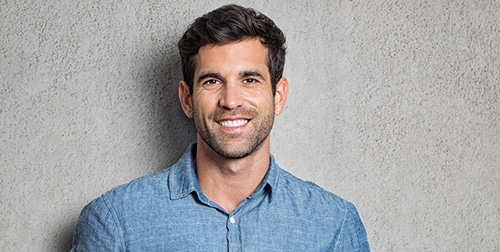Your Smile and Your Relationships
The rapidly changing technology of Dentistry DMD, MAGD, DICOI, DABOI
If you are driving your car on the road where you might be going 100 km per hour, the country around you is zooming by. Yet, the other traffic on that same road that are also going 100km per hour are standing still relative to you. If you are standing still, the world around will continue turning. The only thing that will not change is that this will never change… Dentistry is going through a complete makeover as we speak. As people are living longer, they need and also even demand teeth that are functional, good looking and comfort-able. About a generation and a half ago it was quite common to expect to have no more natural teeth when approaching middle age. In our cur-rent times we will see a significant percentage of people in very advanced age groups who still have a respectable level of dental health. And any of these will have advanced dental procedures done to improve their quality of life as part of their overall philosophies. The reasons people of all ages try to avoid going to the dentist are usually related to fear and financial concerns.

Over the years Dentistry has developed a lot of strategies that make it possible to get better results within a shorter time frame, to increase levels of comfort during and after treatment, and to significantly reduce complications of dental treatment. Dentistry has fully entered the digital age where we can now better diagnose the disease at an earlier stage and offer conservative, and well-timed solutions. The usage of CT-scanners has become commonplace and allows us to do thorough analyses with no distortion. We now have the capability to take a video of someone’s teeth and turn this into a 3D model. These files can be emailed to a production facility where artificial teeth can be made using milling machines and 3D printing technologies. These milling machines are actually like robots, improving the accuracy of dental restorations to a level that almost surpasses the ability of the human eye to see. We use this same technology to fabricate surgical guides when placing dental implants. It used to take more than an hour or more of trial and error when placing an implant with only mixed results. Now we can be finished.
Dentistry has fully entered the digital age where we can now better diagnose the disease at an earlier stage and offer conservative, and well-timed solutions. The usage of CT-scanners has become common place and allows us to do thorough analyses with no distortion. We now have the capability to take a video of someone’s teeth and turn this into a 3D model… within 15 minutes while enjoying amazing levels of accuracy and safety that were unheard of not that long ago. With the planning of orthodontics, it is no different. In more and more situations the need for traditional metal brackets and wires is replaced by clear plastic retainers that will move teeth in small steps. There is 3D animation available that will visualize the direction the teeth are going to move to so surprises are kept to a minimum. You might say “well that sounds great, but I am still scared!” If you ask your dentist a lot of questions, and if you are well informed why your teeth are in the shape they’re in, and if you understand the pros and cons of the available options, usually the fear will be more manageable. What we fear most in our lives is the unknown. That holds true for everything in life and Dentistry is no exception.








